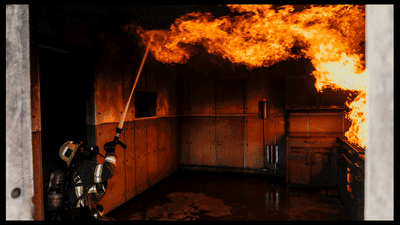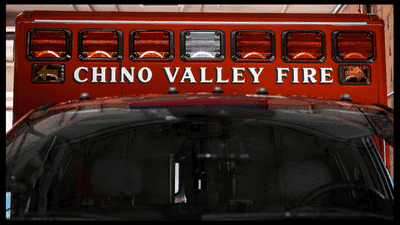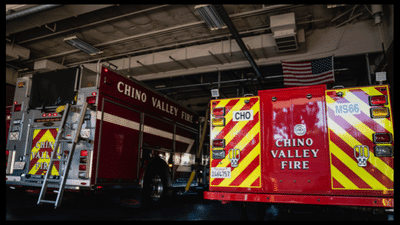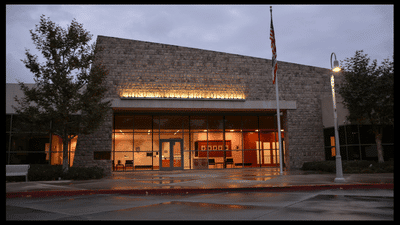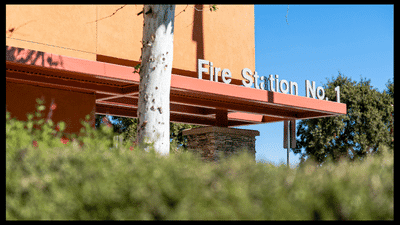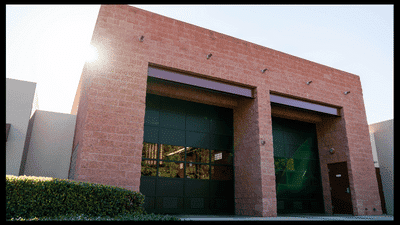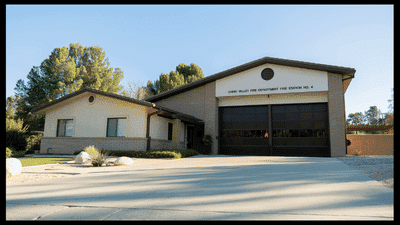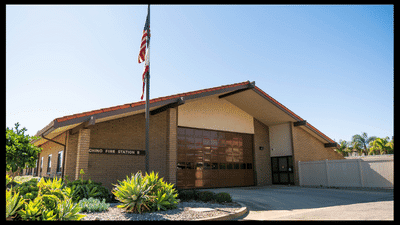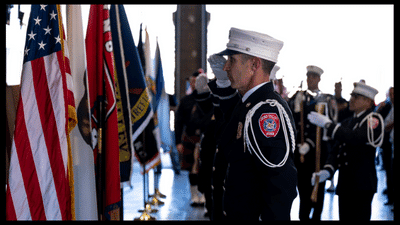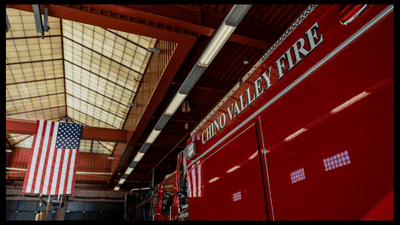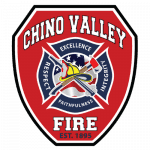Every second counts when trauma victims lie bleeding. Chino Valley Fire partnered with the Chino Valley Fire Foundation in an effort to empower community members to take action by making trauma kits readily accessible in public places and teaching the public life-saving intervention skills that are easy to learn.
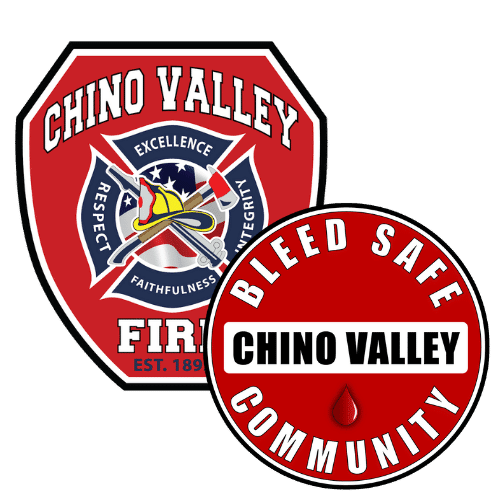

THE PROGRAM
Bleed Safe Community is a program designed to increase survival from potentially preventable causes of death due to trauma. Although no formal recognition exists, Chino Valley Fire is working at a grassroots level to help increase our communities’ readiness and resiliency from trauma.
THE CRITERIA
The Bleed Safe model allows cities, counties, and states the ability to evaluate and re-evaluate their readiness to manage trauma. A minimum criteria is set forth for communities to achieve Bleed Safe recognition.
Examples of such criteria include:
- Raising community awareness to the dangers of trauma
- Offering community trauma classes
- Establishing a public access trauma kit program
- Ensuring local first responders and first receivers are trained and equipped to manage traumatic injuries
- Developing a means to assist survivors of traumatic injuries through the recovery process
There are no fees and no central authority governing the Bleed Safe Community Program. It is designed to be an open-source of best practices, lessons learned, and shared ideas to prevent death from traumatic injury.
FREQUENTLY ASKED QUESTIONS
What is a BleedSafe Community and why should my community be designated a BleedSafe Community?
Trauma is a leading cause of death. The prevalence of Active Shooter/Hostile Event Response (ASHER) continues to dramatically increase. The BleedSafe Community program seeks to increase survival from both by assisting in the development of a community-based, integrated approach to managing trauma. The program allows communities to evaluate their current state of readiness, and establish goals to help create a tangibly safer community in response to trauma. By earning “pressure points” toward the designation, your team can strengthen your community in places where people live, work, and play. “Pressure Point” criteria are based on the program’s four foundational pillars: Prevention, Preparedness, Response, and Recovery from trauma. Although primarily focused on developing more ready and resilient communities from trauma related to Active Shooter/Hostile Event Response, the concepts and principles of the program translate to all types of trauma.
Why "Earn" Points?
Blood loss is a leading cause of death for trauma victims. Death from blood loss, especially from arm or leg wounds, has been identified as a potentially preventable cause of death. Immediate actions for life-threatening bleeding should be centered around the application of aggressive direct pressure while a public access trauma kit is retrieved. Striving to “earn” pressure points is a constant reminder to all that aggressive direct pressure may be required to help slow or stop bleeding while a Public Access Trauma Kit is retrieved.
Is the Bleed Safe Community Program a Training Class?
No. However, it is recommended that communities striving to become “Bleed Safe” incorporate recognized trauma curriculum for the layperson, First Responders, and First Receivers.
How can businesses/establishments within the Chino Valley inquire about obtaining a free trauma kit and free training?
Submit the online application form found on this page. Ensure that you include contact information such as email or phone number.
Is there an application fee?
What equipment should I include in my Trauma Kit?
Recommendations for equipment inclusion within a trauma kit are based on managing potentially preventable causes of death from trauma. Examples include (but are not limited to):
BLEEDING CONTROL
- Pressure Dressings
- Pressure Bandages
- Wound packing gauze/material (for junctional hemorrhage or areas not amenable to tourniquet use)
- Tourniquets
RESPIRATORY EMERGENCIES
- Adhesive occlusive chest seals
HYPOTHERMIA PREVENTION
- Emergency blankets
PERSONAL PROTECTIVE EQUIPMENT
- Medical gloves
- Eye protection
We encourage community members seeking to acquire a trauma kit to receive training in the use of the trauma kits contents.
What is a BleedSafe Establishment?
This is the recognition given to establishments that meet the following criteria:
- Submitted an application to receive free training and a Public Access Trauma Kit
- Minimum of 50% of employees trained in “recognized” trauma curriculum
- Completed a risk assessment form and discussed it with all employees
- Has a Public Access Trauma Kit on site. Must be in an area that is easily visible, and easily accessible to all
- Has notified surrounding businesses/tenants of the availability of the establishment’s on-site Public Access Trauma Kit
Who can apply to become a BleedSafe Community?
Any municipality or community organization is eligible to apply for the BleedSafe designation. Applicants can be determined by geographic locations or organization size. Geographic locations are cities or townships. Organizational applicants are determined by campus size and average daily population.
Where did the recommendation to develop "BleedSafe" communities come from?
The Hartford Consensus IV: A call for Increased National Resilience (published March 1,2016). For more information on The Hartford Consensus Compendium, please visit: https://www.bleedingcontrol.org/about-bc/hartford-consensus
Apply today!
If you feel your business or establishment meets the criteria to receive a donated trauma kit and training, then please complete the application form!





